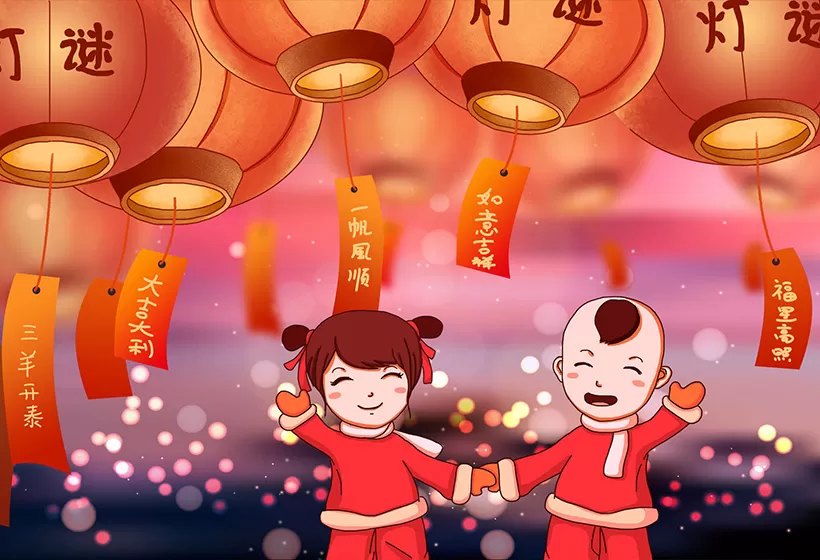Chinese Lantern Festival, end of the New Year
Lantern Festival, Symbolizing the end of the New Year
Lantern Festival falls on the 15th day of the first lunar month and is the last day of the Chinese New Year. The first lunar month was once known as "Xiao", but is now called "yuan month". The night of the 15th day is the first night of the full moon so the day is also known as Yuan Xiao Festival.
Date of the Lantern Festival
| Year | Date | Year | Date |
|---|---|---|---|
| 2023 | Feb. 5 | 2024 | Feb. 24 |
| 2025 | Feb. 12 | 2026 | Mar. 3 |
| 2027 | Feb. 20 | 2028 | Feb. 9 |
| 2029 | Feb. 27 | 2030 | Feb. 17 |
| 2031 | Feb. 6 | 2032 | Feb. 25 |
| 2033 | Feb. 14 | 2034 | Feb. 5 |
Origin of Lantern Festival

There are many theories as to the origin of the Lantern Festival. Some believe that it revolves around the worship of "Taiyi", the God of Heaven, who was thought to control virtually everything, including when to inflict storm or drought. Others believe that the festival celebrates the birth of "Tianguan", the Taoist God responsible for good fortune.
Another legend suggests that the lighting of lanterns arose in the following way. Once upon a time, there were many beasts that harmed livestock, crops, and people, so people banded together to chase and kill them. One day, a bird from Heaven came to Earth, got lost, and was mistakenly killed by these people. When the God of Heaven found out he was enraged and decided to send the troops of heaven to set light to the Earth and burn down everything, on the 15th day of the first lunar month. His daughter overheard and she was too kind to let this happen. So she came down to Earth to warn them what her father was planning. Of course, the people were frightened, but then someone suggested that from the 14th to the 16th of the first lunar month, they should light lanterns, put up colored banners, and ignite fireworks and crackers. This would trick the God of Heaven into believing that everything on the Earth had been burnt to death. They were right. The God of Heaven looked down and saw a sky of red color. He thought the Earth had been destroyed. Thus people saved themselves and the Earth, and to celebrate this day of success people start hanging lanterns and setting off fireworks on the 15th day of the first lunar month every year.
Top 10 customs of the Lantern Festival
In the time of Emperor Wen of the Han Dynasty, the official government ordered that the 15th day of the first month be officially designated as the Lantern Festival. In the Han Dynasty, the Lantern Festival was one day, and in the Tang Dynasty, it became three days, and in the Song Dynasty, it was five days long. In the Ming Dynasty, the lanterns were lit from the eighth day until the night of the 17th day of the first month of the lunar calendar, ten days. In the Qing Dynasty, the festival period was shortened to four or five days.
During the Lantern Festival, there are countless colorful festive customs throughout the country. Here we share 10 of the more famous ones.
No.1: Stilt walking
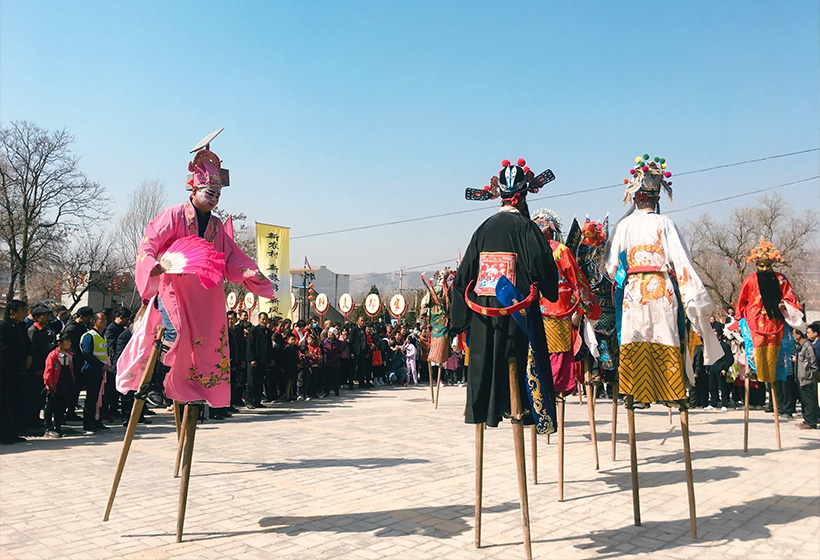
Stilt walking is a very old folk art performance that has been around since the Spring and Autumn Periods. At the Lantern Festival, this folk activity of stilt walking is even more prevalent in many places. The stilts are usually made of wood, with a support point made in a planed stick to put the feet, and then tied to the legs with ropes. The performers can not only walk freely on the stilts but also do various difficult movements such as fork chopping, bench jumping, Yangge, knife, and gun dancing.
No.2: Lion Dance
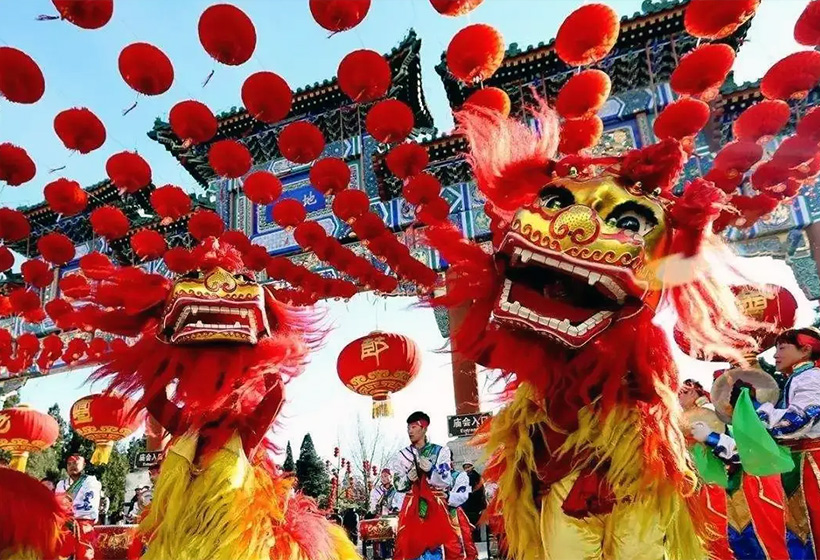
The lion dance is an excellent folk art in China. Whenever the Lantern Festival or other gatherings and festivals, folklore will be in the form of a lion dance to cheer. This custom originated in the Three Kingdoms period, was popular in the North and South Dynasties, and has a history of more than a thousand years.
No.3: Watching lanterns

The custom of viewing lanterns at the Lantern Festival originated during the reign of Emperor Ming of the Han Dynasty. During the Yongping period, Emperor Ming of the Han Dynasty strongly advocated Buddhism and ordered to "burn lanterns for Buddha" in the palace and monasteries on the 15th night of the first month. Later on, the custom of putting lanterns on the Lantern Festival spread from the palace to the people, and every Lantern Festival, no matter the scholar or the commoner, every household would put up colored lanterns and the streets and alleys would be brilliantly lit.
No.4: Dragon Dance
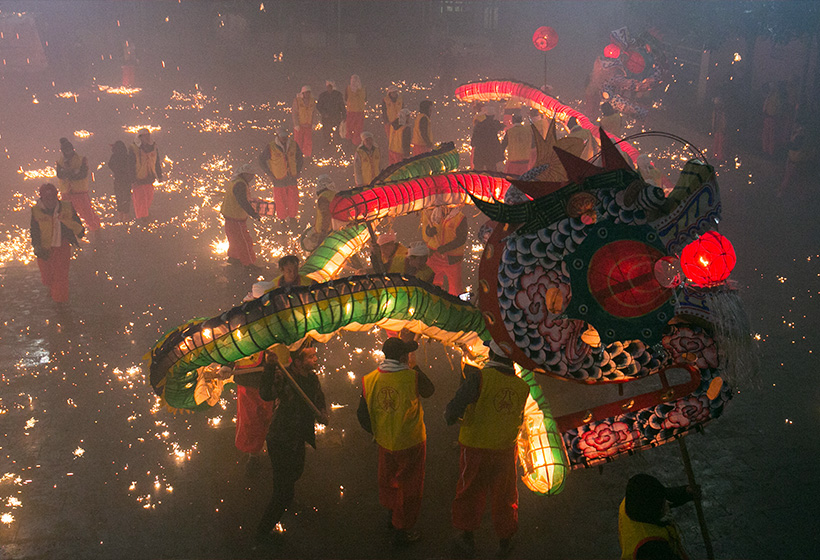
Dragon lantern playing is also called "dragon dance", which has a history of more than 2,000 years. In ancient times, people prayed for the dragon's blessing by dancing to the dragon, in order to have good weather and a good harvest in the coming year. The custom of dragon dance has also been carried forward and expanded in overseas Chinese, and whenever there is a traditional Chinese festival or a major celebration, they will dance the lion and play the dragon lantern, presenting a strong oriental weather.
No.5: Twist Yangko
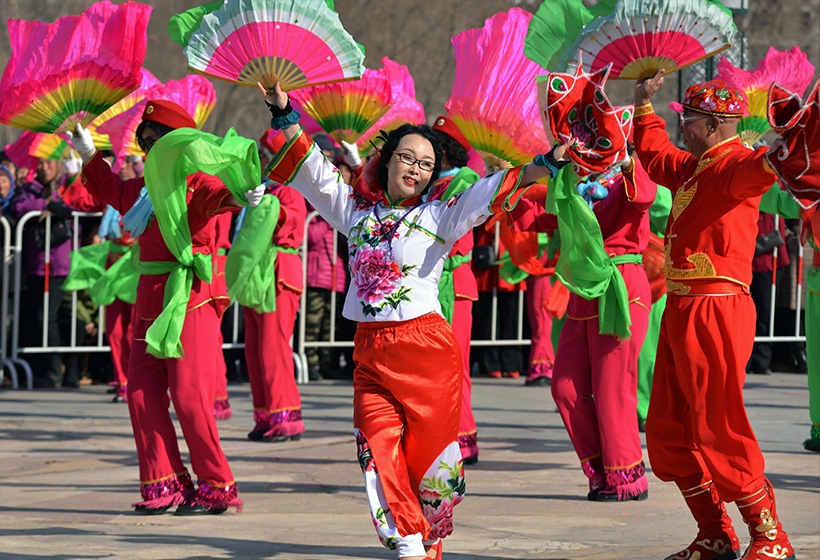
During the Lantern Festival, northerners like to celebrate in the form of twisting Yangko. The style of Yangko varies from place to place, including Yangko in northern Shaanxi, Yangko in Northeast China, Yangko in Hebei, Yangko in Shandong, and so on. Among them, Northeast Yangko has the widest spread and the highest artistic level.
No.6: Guess lantern riddles
 Stilt Walking
Stilt Walking"Guessing lantern riddles", also known as "playing lantern riddles", is an activity added after the Lantern Festival. During the Lantern Festival, lanterns and festoons, guessing lantern riddles add a lot of elegance to the festive day. Some people write riddles on paper and paste them on colorful lanterns for people to guess. The riddles are solved with lights, so they are called "lantern riddles".
No.7 Run dry boat
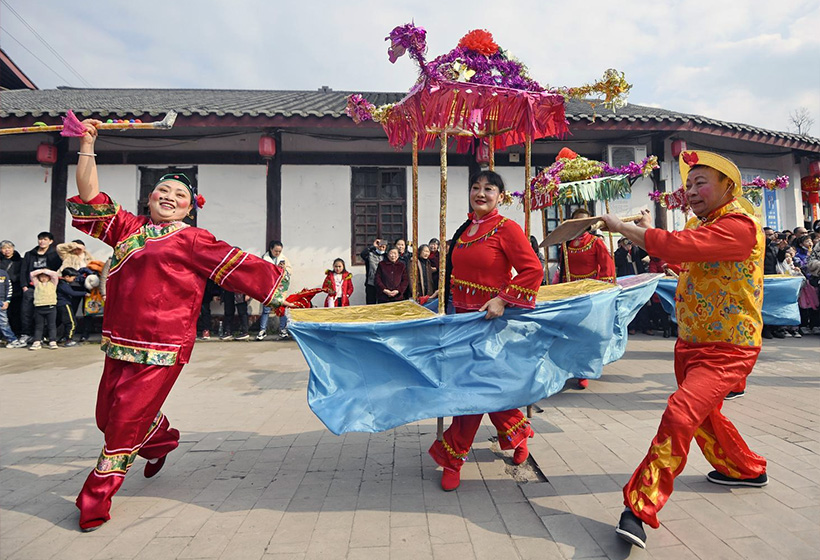 Stilt Walking
Stilt WalkingAccording to folklore, rowing dry boats is to commemorate Dayu's flood control. Land boating is also called running the dry boat, which is to imitate the movement of boats on land. The performers are usually girls, who put fake boats on their bodies and pose as rowing boats. While running, they sing some local tunes, sing, and dance. It is dry boating.
No.8: Welcome Zigu
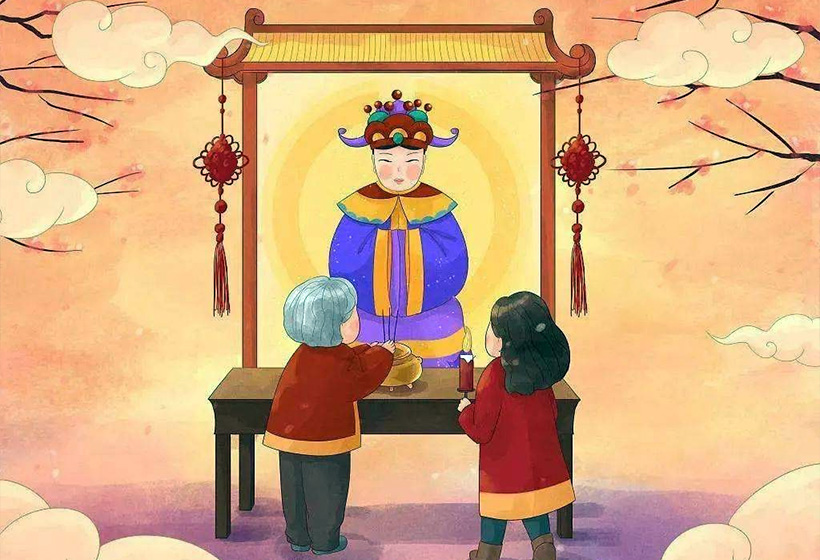
Zigu is a kind and poor girl in folklore. On the fifteenth day of the first lunar month, Zi Gu died of poverty. The people sympathized with her and missed her, and the custom of "welcoming Zigu on the fifteenth day of the first lunar month" appeared in some places. Every night on this day, people tie up life-size portraits of Zigu with straw and cloth heads. The women stood next to the toilet, pigsty, and kitchen where Zigu often worked to greet her, holding her hand like treating her own sisters, talking to her, and comforting her with tears. The scene was very vivid and real. It truly reflects the thoughts and feelings of hardworking people who are kind, loyal, and sympathetic to the weak.
No.9: Get rid of all kinds of diseases
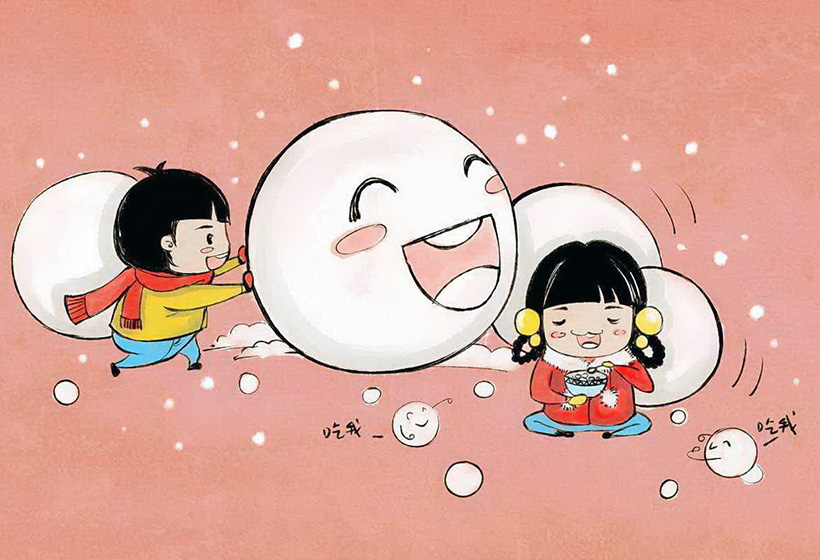
In addition to the celebration activities, the Lantern Festival also has some religious activities, that is, "elimination of all diseases", also known as "scattering all diseases", "roasting all diseases", and "eliminating all diseases". The participants are mainly women, and they walk together, cross the bridge, walk by the wall, or go to the suburbs, with the purpose of driving away diseases and eliminating disasters.
No.10: Eat Yuan Xiao
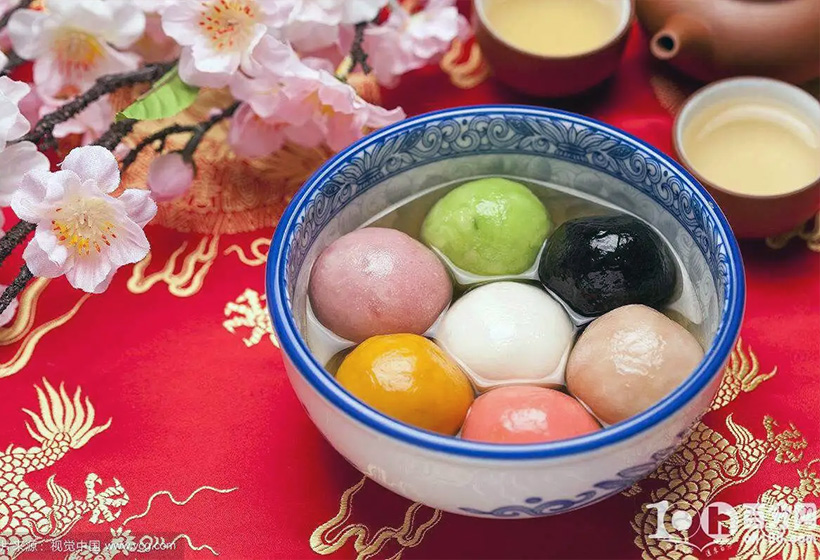
"Yuanxiao" is what the northerners call it, while the southerners call it "tangyuan" and "tangyuan". According to our country's folk traditions, every year on the fifteenth day of the first lunar month, every household has to eat glutinous rice balls. Because these names are similar to "Tuanyuan" in pronunciation, they come from the meaning of reunion. On the night of the full fifteenth month, I hope that the whole family will be reunited, harmonious, and happy.
Nowadays, people from different provinces celebrate Lantern Festivals in different ways. But displaying lanterns is still a big event on the 15th day of the first lunar month throughout China. People enjoy the brightly-lit night, and most of them make lanterns and light them. There are lantern riddles for people to guess. They also make and eat "Yuanxiao" or "Tangyuan" (dumpling balls of sticky rice).
Yuanxiao

Yuanxiao seems to have taken the name from the festival itself. It is said that the custom of eating Yuanxiao originated from the Eastern Jin Dynasty in the fourth century and later became widespread during the Tang and Song dynasties. The fillings inside Yuanxiao are either sweet or savory. Sweet fillings can be made of sugar, peanuts, walnuts, sesame, and so on. A single ingredient or any combination can be used. Savory fillings include minced meat, vegetables, or a mixture of both. Most people make sweet Yuanxiao.
GREAT FAMILY CHINA TOUR
JULY 2024 We wanted to thank Grace at China Culture tour for organizing a great tour of China. We enjoyed our Beijing - Xian-Chengdu -Guilin -Yangshuo - Shanghai trip. Our local guides Bruce in Beijing, Susan in Xian, Jane in Chengdu, Mike in Guilin and Mary in Shanghai took care of us…read more details »
Teng Han L from SINGAPORE
Ready to Create a Unique Dream Travel?
